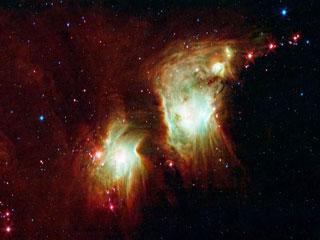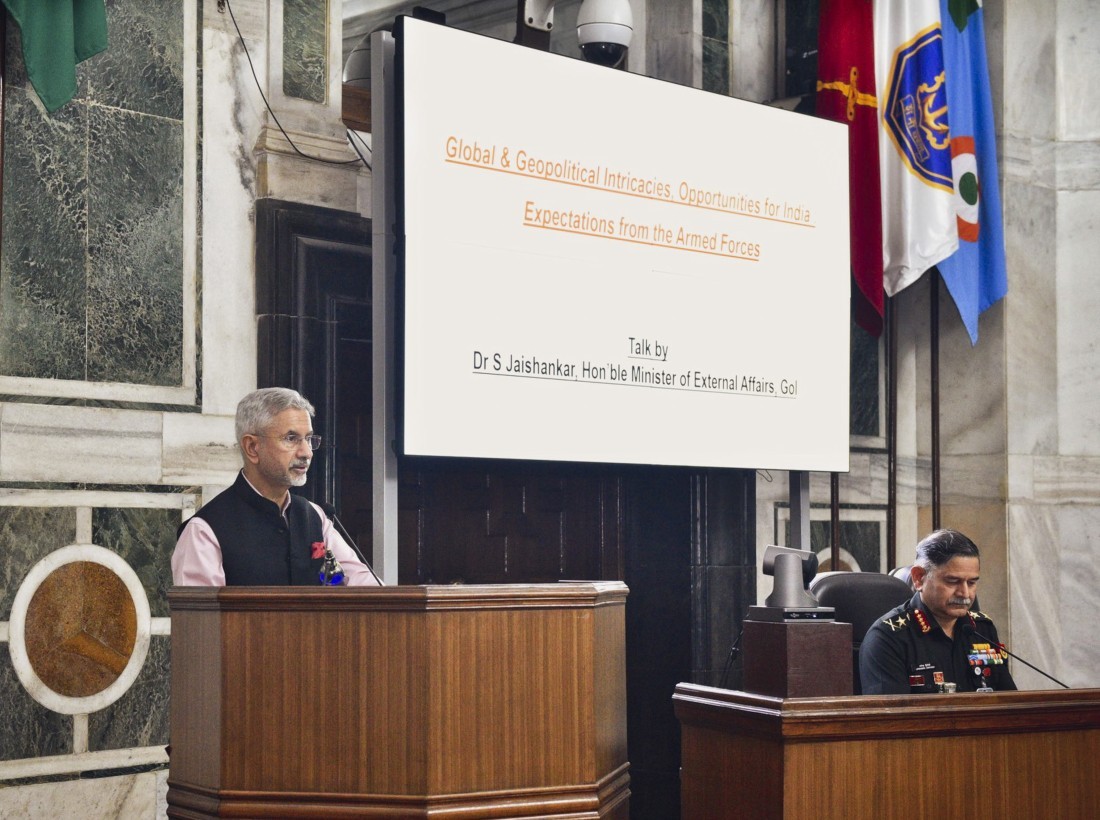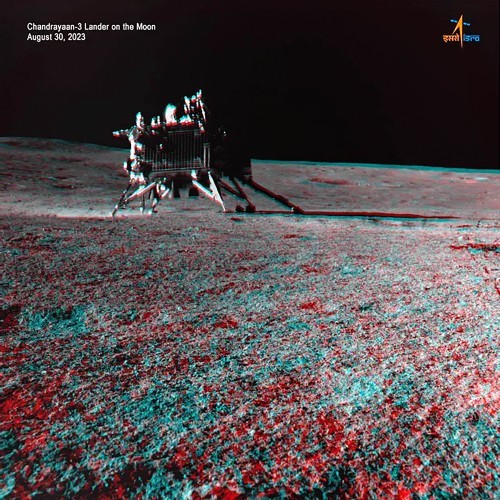
Messier 78, the two round greenish nebulae are actually cavities carved out of the surrounding dark dust clouds. Photo: NASA/JPL
WASHINGTON (BNS): NASA's Spitzer Space Telescope has exposed the depth of a dusty nebula which focuses a murky region of star formation.
The spacecraft with its infrared vision has shown stellar infants of the star that are lost behind dark clouds when viewed in visible light.
Best known as Messier 78, the two round greenish nebulae are actually cavities carved out of the surrounding dark dust clouds.
The extended dust is mostly dark, even to Spitzer's view, but the edges show up in mid-wavelength infrared light as glowing, red frames surrounding the bright interiors.
Messier 78 is easily seen in small telescopes in the constellation of Orion, just to the northeast of Orion's belt, but looks strikingly different, with dominant, dark swaths of dust.
The light from young, newborn stars are starting to carve out cavities within the dust, and eventually, this will become a larger nebula like the "green ring" imaged by Spitzer.
The red pinpoints are the string of the baby stars that will slowly burn their way through their natal shells. Eventually these will blossom into their glowing balls, turning this two-eyed eyeglass into a many-eyed monster of a nebula.
This is a three-color composite that shows infrared observations from two Spitzer instruments. Blue represents 3.6- and 4.5-micron light and green shows light of 5.8 and 8 microns, both captured by Spitzer's infrared array camera. Red is 24-micron light detected by Spitzer's multiband imaging photometer.
 Previous Article
Previous Article












The Indian Air Force, in its flight trials evaluation report submitted before the Defence Ministry l..
view articleAn insight into the Medium Multi-Role Combat Aircraft competition...
view articleSky enthusiasts can now spot the International Space Station (ISS) commanded by Indian-American astr..
view article